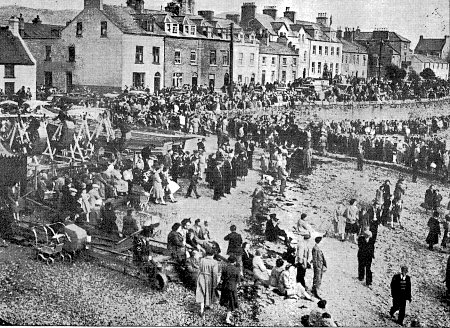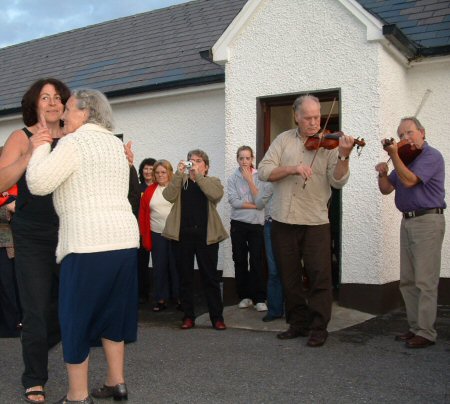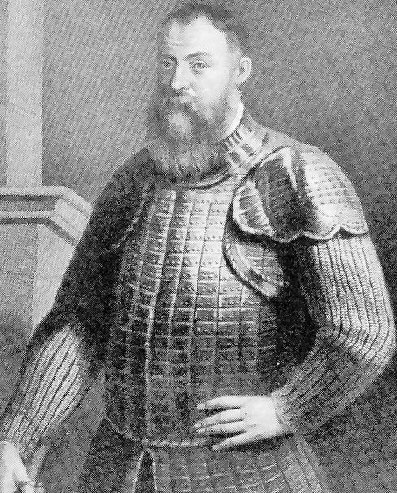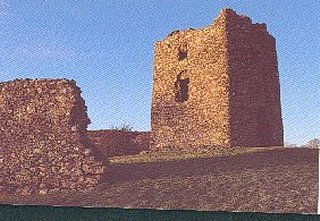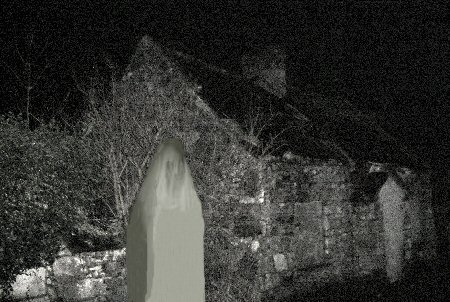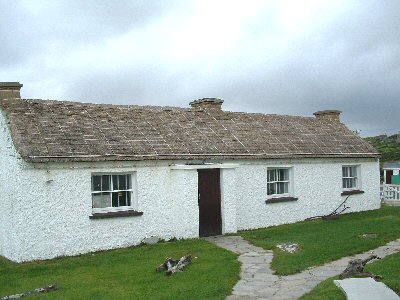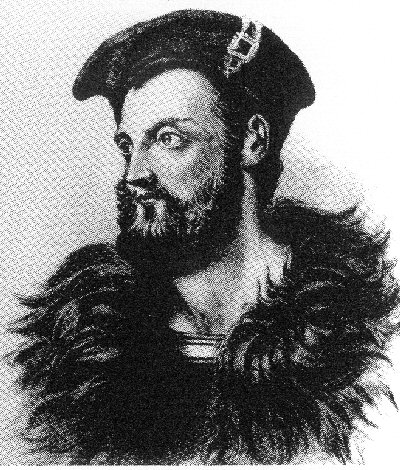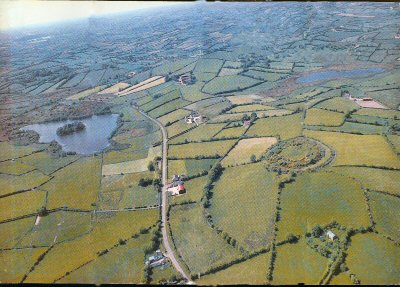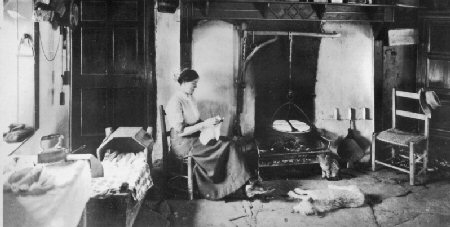In the end it was the McDonnells of Antrim who were to be his undoing.
In the meantime the articles of peace concluded at Westminster on 30th April 1562 (last history article here) had to be enacted and to that end a meeting was arranged at Dundalk, but Shane failed to appear before the English commissioners.
He observed the peace terms only fitfully and selectively and the English government was soon plotting against him again.
Shane was harrying his inferior chieftains (the Armagh O’Neill’s castle at Glassdrummond was taken and fired, for example) and harassed the garrison of Armagh city repeatedly. An English army marched to relieve it and then retreated to its permanent camp at Newry, taking a prey of Shane’s cattle.
From time to time Shane concluded further pacts with the English: on 18th November 1563 at Benburb he agreed to wage war on the Queen’s enemies while he further won the right to the title of The O’Neill under Con’s patent. A memorandum in reference to this agreement signed by O’Neill is dated 28th February 1564 at Fedan.
This is evidence that Shane O’Neill possessed a castle at Fathom just a few miles from Bagenal’s house at Newry. Bagenal may have even resided there from time to time but likely in Shane’s absence on his many conflicts.
For example in early 1565 O’Neill confronted the Antrim Scots on their home territory, eventually routing them and taking two leaders, James and Sorley Boy MacDonnell prisoner. This was also in pursuit of his promise to wage war on the Queen’s enemies.
Again on 25th August of that year Shane wrote, from Fathom, to the Privy Council informing them of the success of those operations.
Ironically, in that same month Shane swooped from Fathom to take back the monastic seat – the old Abbey – that even in his memory had been seized by the English adventurer Nicholas Bagenal from the holy monks who had built it and possessed it and ministered to their people there for ages past (more than four hundred years).
Bagenal appears not to have been at home at the time.
To consolidate his position Shane went on also to seize the Castle of Dundrum on the coast from the Marquis of Kildare.
Despite this clear signal of Shane’s intent to consolidate his power base throughout Ireland, the rulers of The Pale seemed unwilling to break with him, contenting themselves with requesting the restoration of Newry castle to Bagenal – a request which was scornfully ignored by Shane O’Neill.
Shane rampant …
… more later …
